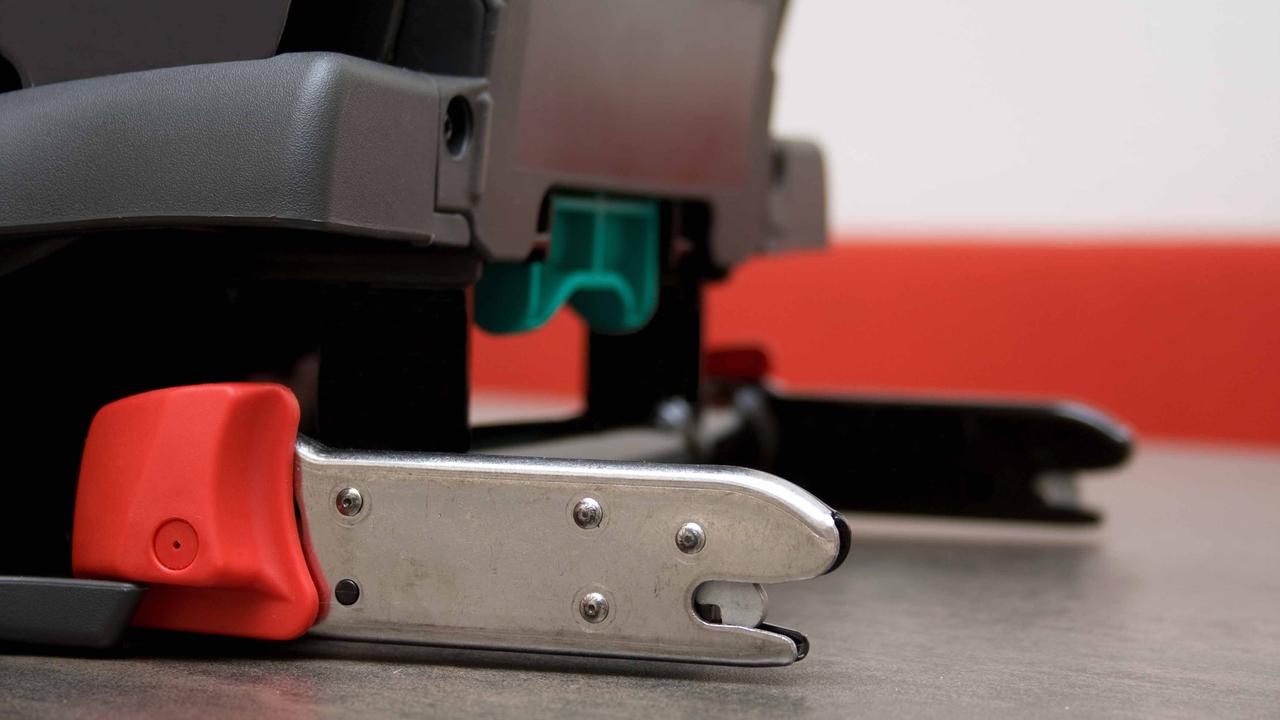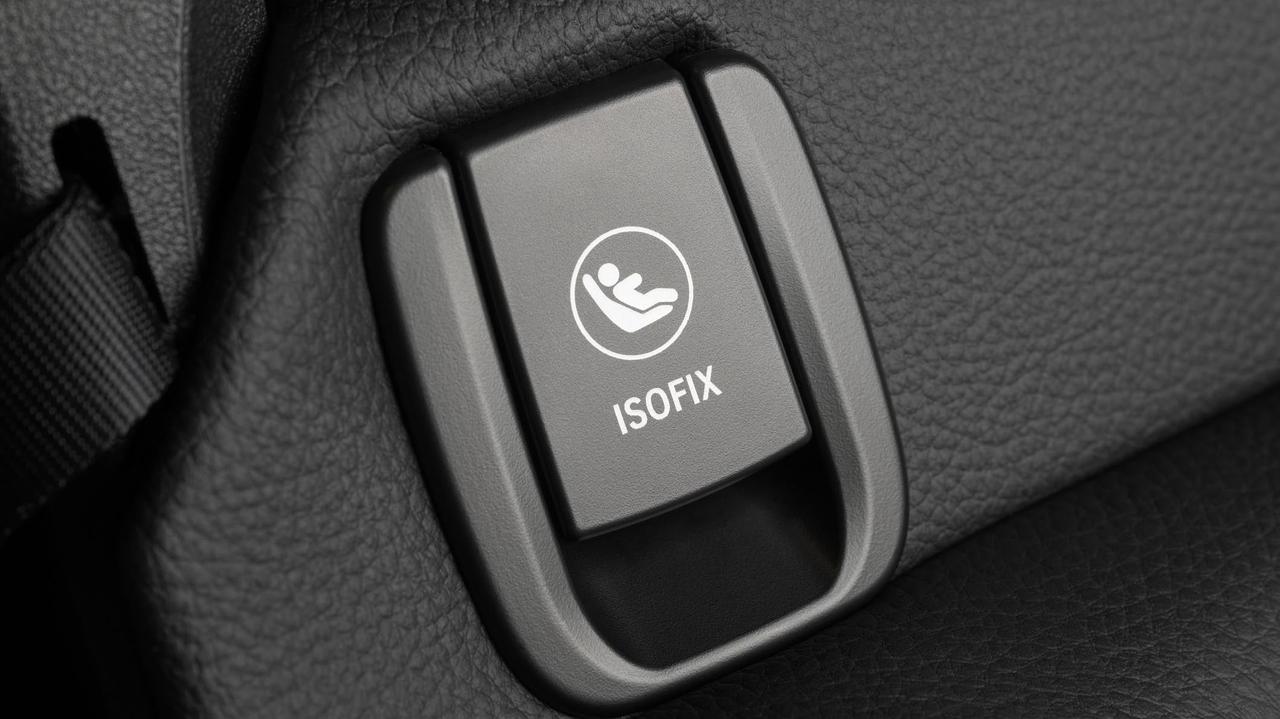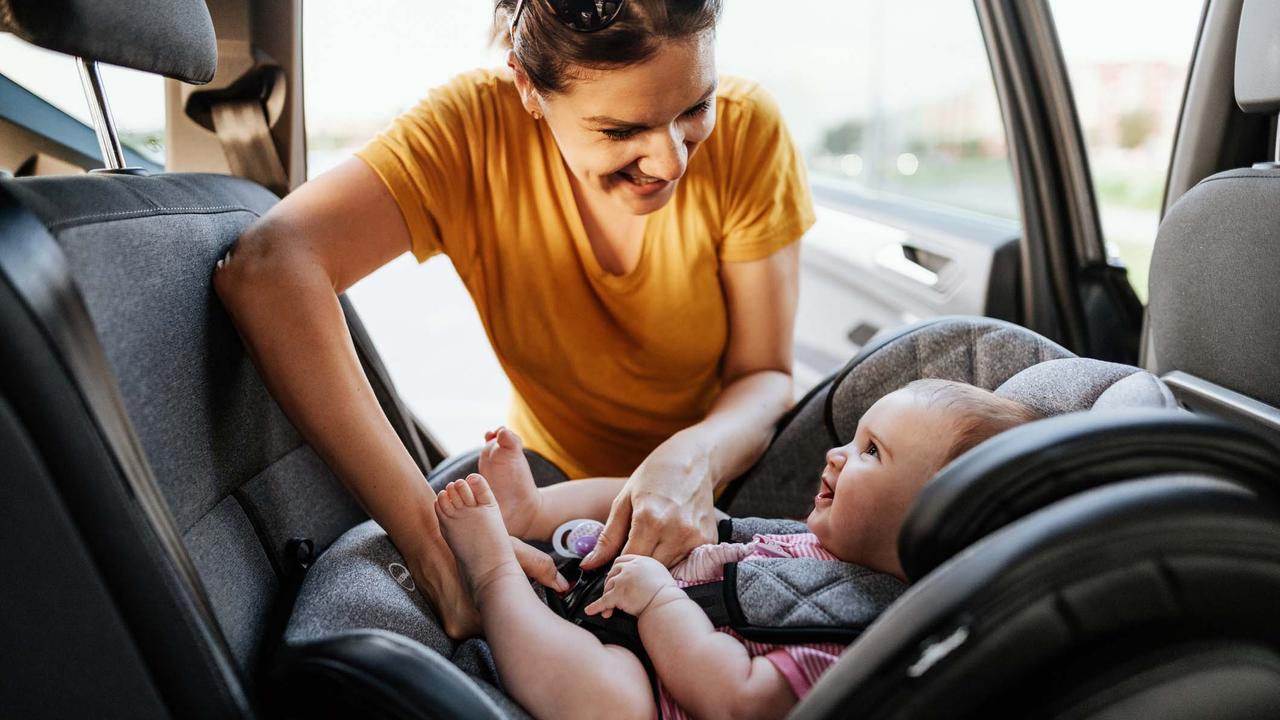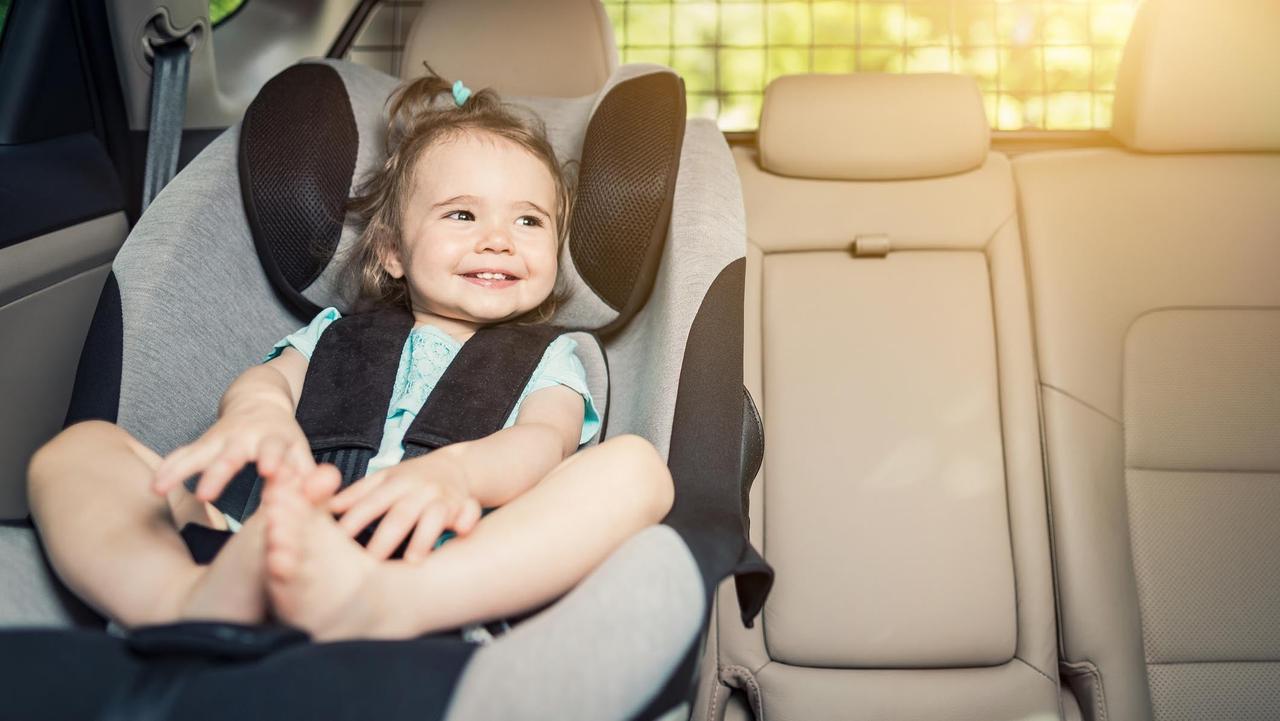If you’ve recently dived into the confusing world of child car seats, then congratulations on the impending arrival! Isofix car seats are one of the aspects you’ll need to consider.
Choosing a car seat for your little one is an important consideration. Which brand is best? Why are there so many options? Should I get a spinning one? (If you can afford it, absolutely – it’ll make life a gazillion times easier.)
But between all the different brands and choices, there are two main types of car seats you’ll find – Isofix and non-Isofix. You’ll also see lots of mentions of i-Size – we’ll come onto that a bit later.
What is Isofix?
Isofix is a way of securing car seats without needing to use the car’s seatbelts. The car seat is physically attached to the car, and the child is secured with the seatbelt included in the child seat.
Isofix car seats are safer than those strapped in with a seatbelt, and easier to use. Importantly, they’re easier to use correctly, too, and have built-in measures to make sure you’ve attached the car seat properly.
How does Isofix work?

Whichever brand you get, an Isofix car seat will have two prongs at the rear of the base. These slide out and clip into the car’s Isofix points – metal loops that are part of the car’s integral structure. Once the prongs have latched on, you’ll hear a click and your child seat might show some sort of signal that you’ve fitted it properly, for example a display that turns green, or a beep. You’ll usually disengage the prongs by pressing a button on each side of the car seat simultaneously.
Isofix car seats are also secured with either a trailing leg, which should be planted firmly onto the floor in the rear footwell, or with a top tether. On a car with Isofix, open the boot and you’ll see top tether points in the back of the seats. This type of child seat won’t have a trailing leg but needs to be strapped to this top tether point.
If you can jiggle the car seat once it’s fastened in, don’t worry – they’re designed to move a little bit to take the impact in a collision. But double-check that it’s fastened properly before every journey.
Do all cars have Isofix?
Isofix was mandated for new cars in November 2012, so every car built since then has at least one set of Isofix points. Even most two-seat convertibles like the Mazda MX-5 will have Isofix points on the passenger seat. However, many carmakers were ahead of the legislation and started including Isofix points to their cars in the mid-2000s, including Honda, Subaru, Volvo and Renault.
Every used car for sale at Motorpoint has Isofix points.
How do I know if my car has Isofix?

Take a look at the car’s back seats. If your car has Isofix, you’ll see this little icon where the seat base meets the backrest. Some cars have the Isofix points behind little plastic clips, others may have zips over the Isofix points. If your car has zips over the Isofix points, you can use adaptors (which usually come with the child seat) to better find the points and attach the prongs properly.
You’ll also be able to find out whether a car has Isofix points by looking on used car advert pages, in your car’s handbook or in a brochure for the car.
Are all Isofix bases the same?
All Isofix bases work in a similar way, with two prongs to attach to the car and a secondary way of securing the base – either a trailing leg or a top tether strap. Car seats with a trailing leg will usually tell you that the leg is secured properly – some beep annoyingly until the leg is in the right place – and there’ll be a display on the prongs to tell you if they’re attached properly.

But not all Isofix bases are compatible with all car seats. Usually, one brand’s Isofix base will only work with car seats from the same brand – i.e. if you have a Joie car seat you’ll also need the accompanying Joie base.
Do I need to use a seatbelt with Isofix?
Until the child is 100cm tall, you don’t use a seatbelt with Isofix car seats. On average, that means until the child is around four years old.
Child seats for newborns and toddlers have their own integrated seatbelts, so you’ll strap the child in with these rather than the car’s seatbelts. Children need to be rear-facing until they’re at least 76cm tall.
Seats for children aged 4-12 still attach to the Isofix points in the car, but use the car’s seatbelt.
What is i-Size?

i-Size, otherwise known as R129, is an updated safety regulation that came into effect in 2013, and i-Size child seats will offer better protection than the older R44 standard – although R44 seats are still okay to use if you can’t stretch to a new i-Size seat.
These i-Size seats provide more side impact protection than R44 seats – you might notice pop-out wings on the sides of the seat or extra bolstering. i-Size seats are also based on the child’s height, rather than weight, and keep the child rear-facing until they’re at least 15 months old.



































